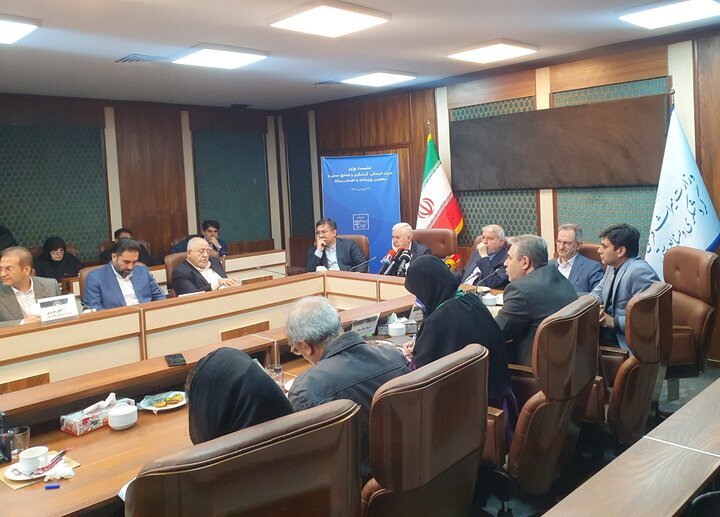Iran seeks UNESCO labels for mirrorwork art and FalakolAflak fortress
Iran seeks UNESCO labels for mirrorwork art and Falak-ol-Aflak fortress
TEHRAN – Iran has formally submitted two major cultural heritage dossiers to UNESCO for potential inscription on the World Heritage List: the ancient decorative art of mirrorwork, known as Ayeneh-kari, and the historic Falak-ol-Aflak Fortress along with its surrounding cultural landscape in Lorestan province.

Ali Darabi, Deputy Minister of Cultural Heritage, announced the development in a press conference on Saturday, expressing hope that both files will be internationally recognized in the upcoming UNESCO evaluation round.
“We are optimistic about their successful inscription on the UNESCO lists.”
If successful, these additions would further highlight Iran’s diverse contributions to global heritage and reinforce efforts to preserve its centuries-old traditions and landmarks, the deputy minister concluded.
Ayeneh-kari: a shimmering tradition
The origins of Ayeneh-kari trace back nearly 2,700 years to Iran’s Achaemenid period, when artisans first transformed polished stones and metals into reflective surfaces. The technique reached its artistic peak during the Safavid and Qajar dynasties, with mirrors intricately cut into floral and geometric patterns to decorate palaces, mosques, and mausoleums. Iconic examples of this breathtaking craft can still be seen at Chehel Sotun Palace in Isfahan and the Shams-ol-Emareh in Tehran, where light and reflection interplay to create mesmerizing interior vistas.
Falak-ol-Aflak: a cultural and historical landmark
The Falak-ol-Aflak Fortress, located in western Iran, towers over the city of Khorramabad with its eight imposing bastions. More than just a military structure, the site represents a rich tapestry of Iran’s cultural, natural, and historical legacy. Its surrounding landscape includes prehistoric caves, the Khorramabad Valley, historic bridges, and a river that meanders through the city’s center. At night, when the fortress is illuminated, it offers striking views that draw both local and international tourists. Experts believe the site’s combination of historical architecture and natural beauty makes it a prime candidate for UNESCO recognition.
AM
source: tehrantimes.com